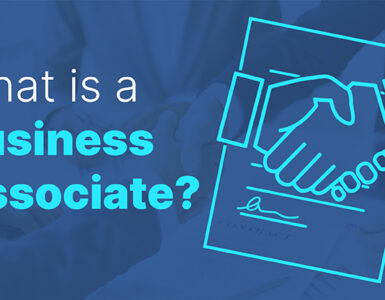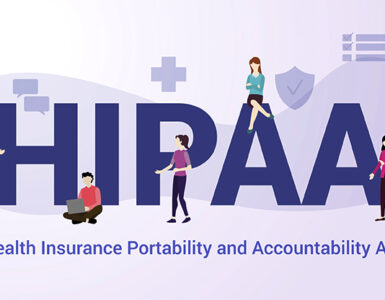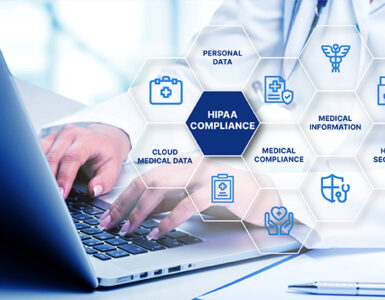The covered entities like hospitals, clearing houses, billing and coding companies, physicians, health insurance providers and multi-location clinics are bound by HIPAA compliance norms. It is essential that their business associates like medical transcription service providers also follow HIPAA regulations while they process, exchange or store the confidential patient health information.
Majority of the health information is processed electronically. It is necessary for covered entities and their business associates to use the right kind of software that processes the health information of the patient as per HIPAA compliance norms. The software should be such that it has security features, which protects the privacy of the patient health information. It should have following security features:
- Able to track the user, whether a service provider or client and maintain a complete record of date, time and nature of access through a system of usernames and passwords. It should provide information on who accessed the data and what was viewed, updated or deleted.
- Restrict the user access, to the required information only. It should allow the authorized user to view or process the patient information, which falls under his or her scope of job. The user cannot access any other information, which does not pertain to his or her work or department.
- Provide override function, which grants special access or emergency rights to the staff member in case of emergency so that patient health care is not compromised in any way. But at same time, the in built messaging system should inform other users about such access and this includes the identity of the person and the information accessed. This is a part of security review, associated with override function and ensures accountability in the system through continued vigilance.
- Anti-virus Firewall defense and a system of usernames and passwords to protect the health information system from virus and hackers.
- Support e-mail encryption, so that the patient health information sent through mail is tamperproof.
- The software should support internal messaging system, which updates the user about entry or exit of messages or other information, without having to leave the security of the organizational network.
- The software should have online patient authorization system, which grants the health service providers the rights to use the patient health information for the good of patient. The online authorization for should have expiration date and clearly indicate for what purpose the patient health information will be used. The software should keep track on the expiration of the authorizations, so that they can be revalidated as and when required by the patient and the health service provider.
- The software should support coding and billing procedures so that patient health transactions can be easily conducted electronically between different health service providers as per HIPAA compliance norms.
The main objective of the HIPAA compliance software is to protect the health information of the patient processed, exchanged or stored at various health entities. The software should facilitate smooth flow of the patient information through different networks in secure way. The security features should thwart hostile access and at same time, not hinder authorized users like providers or patients, so that the health of the patient is compromised in any way.
HIPAA compliant software protects patient health information.
Read more on HIPAA compliance at www.empowerbpo.com




